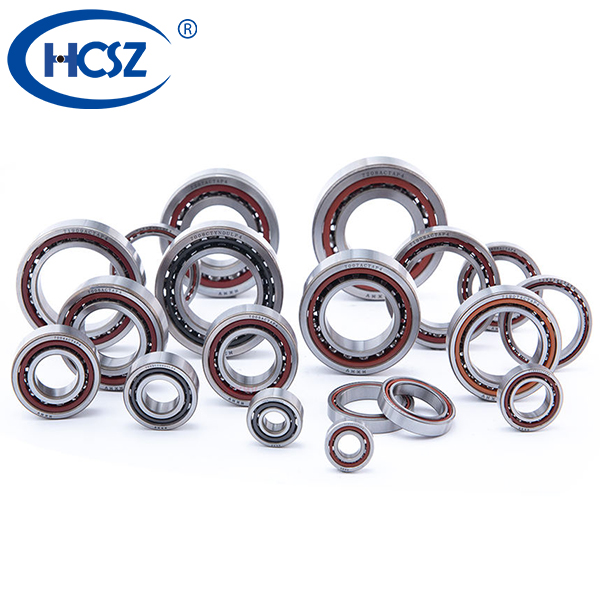Bearings that operate by sliding friction are called sliding bearings. Sliding bearings work smoothly, reliably and noiselessly, but have relatively high starting resistance. The part of the shaft supported by the bearing is called the journal, and the part that fits with the journal is called the bearing bush. The anti-friction material layer cast on the inner surface of the bearing bush to improve the friction properties of its surface is called the bearing liner. The bearing bush and the bearing liner are the most important parts of the sliding bearing, and the materials of the bearing bush and the bearing liner are collectively referred to as sliding bearing materials. Since the journal is in direct contact with the bearing bush or the bearing liner, the journal is generally more wear-resistant. Therefore, the main failure mode of the bearing bush is wear.
The wear of bearing shells is directly related to the material of the journal, the material of the bearing shell itself, the lubricant and the lubrication condition. Commonly used sliding bearing materials include bearing alloys (also known as Babbitt alloys or white metals), wear-resistant cast iron, copper-based and aluminum-based alloys, powder metallurgy materials, plastics, polytetrafluoroethylene (PTFE), etc. Sliding bearings are generally applied in low-speed and heavy-load working conditions, or in operating parts where maintenance, servicing and lubricating oil injection are difficult.
01 Integral radial sliding bearing
Integral radial sliding bearings are the most common type of structure. The bearing housing is press-fitted with a bushing supported by anti-friction materials. Oil holes are provided on the bushing, and oil grooves are cut on the inner surface to facilitate the addition and distribution of lubricating oil. A threaded hole for an oil cup is set at the top of the bearing, and a bolt hole is provided at the bottom for connecting the bearing to the machine base with bolts. The material of the bearing housing is usually cast iron.
Integral bearings have been standardized, featuring a simple structure, convenient manufacturing, and low cost. However, once the sliding surface wears out, the bearing clearance cannot be adjusted. Additionally, the journal can only be disassembled from the end, which makes installation and disassembly very inconvenient or even impossible for heavy shafts or those with intermediate journals. Therefore, they are mostly used in low-speed, light-load, and intermittent operation machines.
02 Split Radial Sliding Bearing
Split sliding bearings are composed of bearing housings, bearing covers, split bearing shells (divided into upper and lower shells), and connecting bolts, etc.
The parting surface of the bearing should be nearly perpendicular to the direction of the load. Most of the parting surfaces of the bearings are horizontal, and some are inclined. The parting surfaces of the bearing cover and the bearing housing are often made in a stepped shape to facilitate positioning and prevent misalignment during operation. The bearing clearance after the wear of the bearing bush can be adjusted by reducing the metal gasket at the parting surface or by scraping and fitting the metal of the bearing bush.
Split sliding bearings are easy to install and disassemble, and the clearance between the bearing bush and the shaft can be adjusted, so they are widely used.
Post time: Jul-17-2025